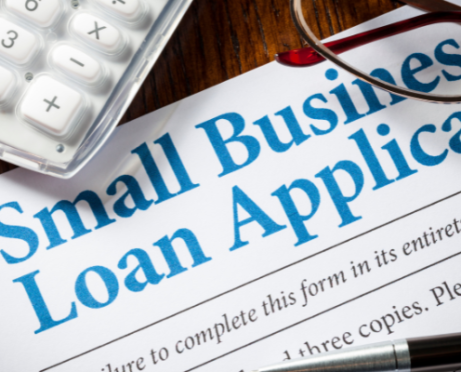
I’ve been a member of the Workforce Development Committee at the Brooklyn Chamber of Commerce for over five years. Our mission is to support Brooklyn’s small business community by helping them solve workforce issues related to hiring, training, onboarding, company culture, and other related issues.
Historically, we've had our programming down. We offered one event per quarter on popular workforce topics and our attendance was growing with each event, which were all in person.
Fast-forward to today, with the explosive growth in remote work, and our audience is now being invited to dozens of online events each week, and we’ve found ourselves with lots of competition for the management of the attention and time of our members.
If you’ve been strategizing about how to get the attention of your prospects in this brave new world of endless online events, and how to approach event management effectively, you’re probably facing the same dilemma we are: how do you hold the attention of your prospects long enough to communicate the value you have to offer them.
Start Your Free Trial with P2P Today
The secret to getting your prospects to give you their time instead of spending it elsewhere is to make whatever event you’re managing, which is probably online, all about them and not about you.
Rip up your own agenda and let your prospects write it for you.
Skip the Intro Presentation
There is an enormous amount of content on every topic under the sun available with simple Google searching. Your prospects aren’t wondering what they need to do next; their issue is figuring out how to do it.
When you’re planning the time you’ll spend with your event attendees, don’t include an intro presentation intended to give them information they likely already know.
Instead, make the intro a set of questions for them to answer that will set the tone and topics for the rest of your time together.
By turning the event into two-way communication, you’re engaging with people in a way that puts their problems front and center, then you can demonstrate solutions with your tools (i.e., your products and services), helping them see how they can solve their problems and meet their goals.
By keeping your online event open-ended, you’re also demonstrating that you’re an authority on this topic and can handle the management of an unstructured agenda that goes specifically to where they have a need.
Start Your Free Trial with P2P Today
Do Q&A First, Not Last
Often when we think of the structure for our presentations and webinars, we do the Q&A session last because we know that’s the good part and folks will stick around to get their questions answered.
When you’re using events to convert prospects to paying clients, the prospects who are close to saying yes are pretty far down the road with their knowledge of the topic and know what they want to accomplish. At this stage, it is about gaining confidence that you’re the one who can solve their problems.
By doing the Q&A first, you allow prospects who are ready to buy to educate the newbies on issues they’ll uncover as they go through the same process, and you’re giving everyone the greatest value out of the gate so no one feels like they’re wasting time.
When I do this, almost every event turns into 100 percent Q&A, and those are the most valuable events I hold.
People leave feeling like they met new kindred spirits in the other attendees and know they’re not alone in their experiences. They also gain another level of clarity on their path to finding their right solution.
Keep Your Events Small
Instead of offering a webinar to dozens and hundreds of people at the same time, unless you’re Marie Forleo, limit your event to 12 participants or fewer. This will give everyone who wants to talk a chance to do so.
Start Your Free Trial with P2P Today
Everyone’s situation is unique, and their issues have nuances that differ from one another.
Also, use the meeting version of the online meeting software instead of the webinar version so that everyone can choose to use video and you get to know who’s in the room.
This brings us a little closer to the in-person event experience.
Drop the Events That Teach and Make Them Office Hours
At this point, almost every successful business uses a soft, consultative selling process to win new business. There are so many options for every category that customers literally can trial them all and figure out what works best for them.
As a part of your consultative selling process, you can offer “office hour”–style events that enable you to give a taste of what it’s like to do business with you. This can work for products and services.
Think about examples you’ve experienced and didn’t even think about, such as a product demo in the grocery store (e.g., Vitamix or a tasting for a new beverage).
Another example comes in the form of parties such as a Pampered Chef event. These used to be only in person and now people do them online or are using Facebook.
I hold virtual events every so often for people interested in checking out Peer to Peer so that small business owners can get an introduction to group business coaching without giving up a credit card number.
Plus Get Extra Savings When Joining From CentSai
Whatever it is your selling, figure out how to give people a sample so they can experience the value and want to know more.
Careful online event management can help deliver that experience. By laser focusing on your prospects’ needs instead of your products and services, you’ll create opportunities for prospects to experience how you can help them and make it easy for them to convert to paying clients.
Belinda DiGiambattista is a serial entrepreneur, business coach, and outsourced financial controller and can be found at www.belindadi.com.




